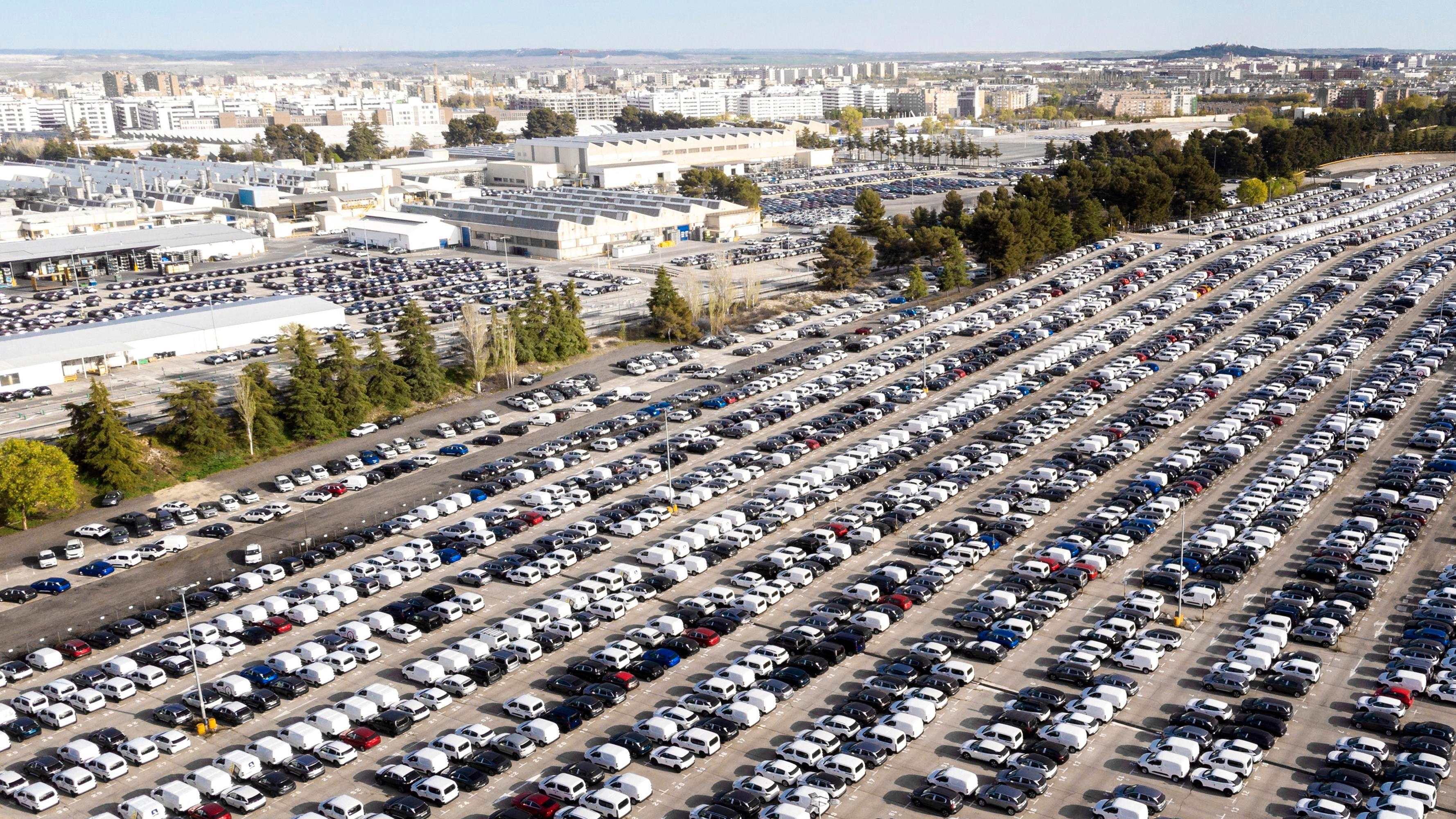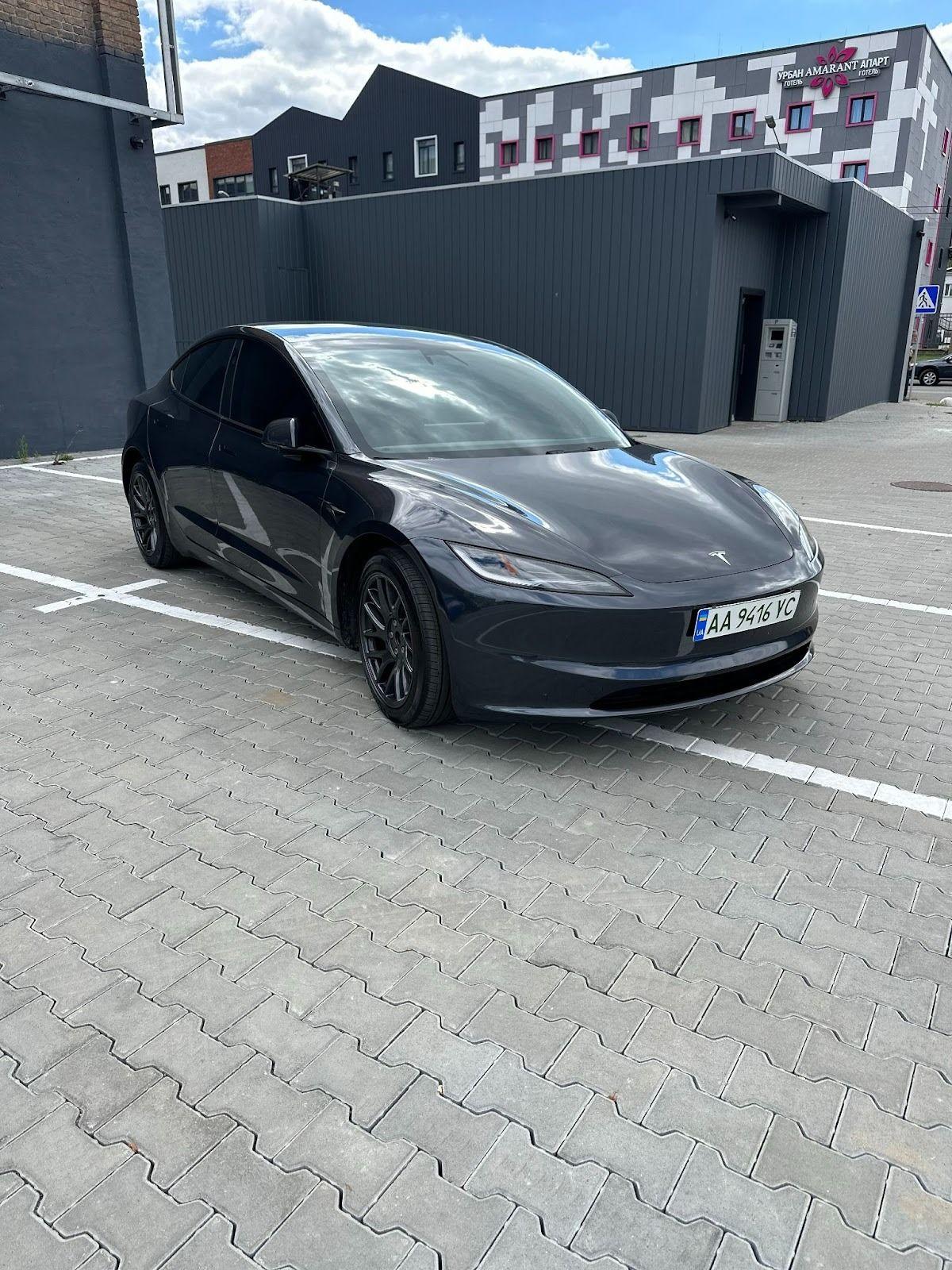Toll roads to be built in Ukraine: when to expect, how much to pay, and why?
2024-12-16
Артур Латишев
Market analysis
News
Articles

Ukraine is planning to implement a large-scale infrastructure project - the creation of the first toll highways.
The government has already prepared a draft law and is analyzing traffic on six key routes to determine the feasibility of their implementation. How much will you have to pay to travel on toll roads in Ukraine, and where exactly are they likely to appear?
This ambitious plan covers five regions of the country:
- Dnipropetrovs'k
- Kyiv,
- Lviv,
- Odesa,
- Poltava
According to MP Serhiy Kreidenko, active preparatory work is underway. Government officials, together with experts from the European Union, are conducting a detailed analysis of traffic flows in key areas that are considered the most promising for the project.
According to Kreidenko's forecasts, after all the necessary research and development of infrastructure solutions are completed, the construction of the first toll roads may begin in the coming years.
The implementation of this project will be an important step in modernizing Ukraine's transport system and improving the quality of the road surface.
Prospects and economic feasibility of toll highways in Ukraine:
For the successful implementation of toll road projects, strict economic criteria must be met. The key requirement is a high traffic volume of at least 18,000 cars per day. Routes with heavy freight traffic are particularly attractive, as they provide a faster return on investment.
Western direction: 280 km long route “Krakovets-Lviv-Brody” connecting the Polish border with major regional centers.
Central direction: the Kyiv-Bila Tserkva highway, which will become an alternative route to the existing Kyiv-Odesa highway.
In 2019, a large-scale study was launched jointly with the World Bank to determine the effectiveness of organizing toll plazas on the highways:
- Lviv-Krakovets
- Kyiv-Odesa
- Lviv-Stryi
- Lviv-Ternopil
Additional promising areas include important transport corridors connecting major economic centers of the country:
- Kyiv-Zhytomyr-Rivne
- Boryspil-Poltava
- Kharkiv-Dnipro-Zaporizhzhia
- Kherson-Mykolaiv
- Dnipro-Kryvyi Rih-Mykolaiv
- Yahodyn-Kovel-Lutsk
- Lviv-Mukachevo
These projects are aimed at creating a modern transport logistics network capable of meeting the growing needs of the economy for high-quality and safe highways.
While Ukraine is preparing to create the first toll highways, you can become the owner of a quality car from the United States by calculating all the costs right now!

Toll prices and features of toll roads in Ukraine
The construction of toll highways in Ukraine is planned to be realized through the transfer of the project to a private investor, who is to carry out the construction.
Under this model, the investor provides financing for the construction and receives the right to temporarily manage the road, while the tolls go directly to the investor.
At the same time, the pricing policy remains under the control of the state. According to the new legislative changes regulating pricing in the road construction sector, the Cabinet of Ministers is vested with the following powers:
- Conducting concession tenders;
- Setting technical specifications for roads;
- Determining the cost of projects;
- Control over the validity of concession agreements.
On the eve of 2022, Andriy Ivko, who holds the position of First Deputy Head of Ukravtodor, released preliminary calculations of the cost of traveling on toll highways.
According to his statement, the tariff is expected to be approximately 8 euro cents for each kilometer of road. Translated into the national currency at the exchange rate set by the National Bank of Ukraine, this is equivalent to 3.5 hryvnias.
The key principle in implementing a toll road system is to provide alternative free routes. The current legislation strictly regulates this aspect, emphasizing that toll roads should act as an additional option for increased comfort for motorists.These routes should not be the only possible routes.
In this way, drivers should retain the right to choose between the speed and comfort of toll roads or the cost savings of using free alternatives.






